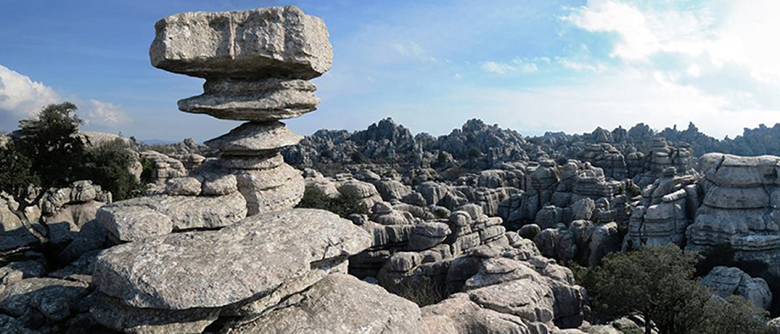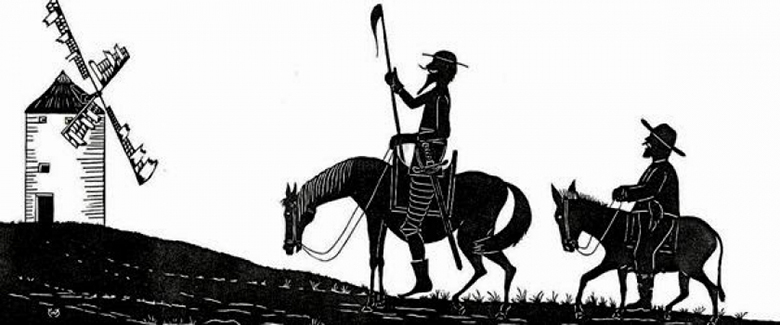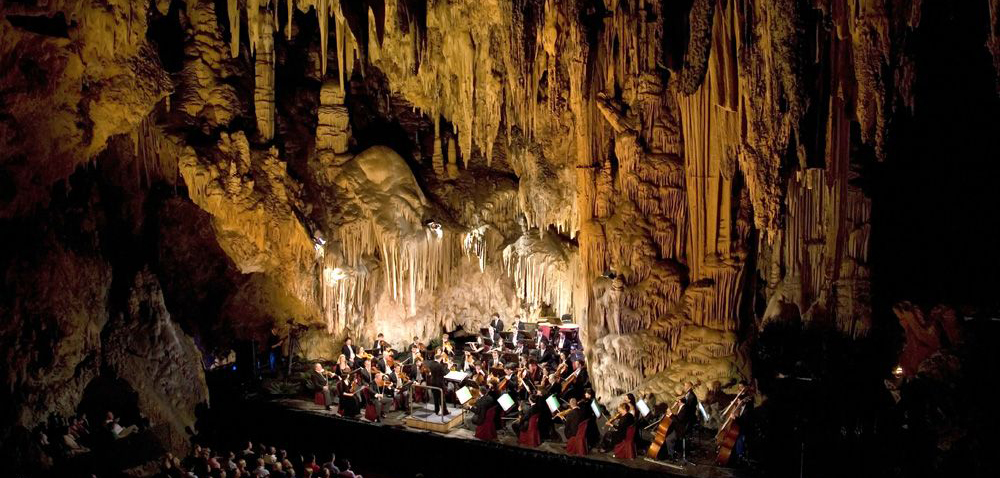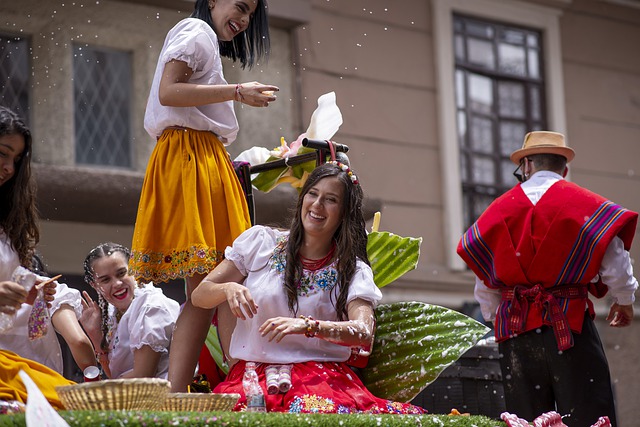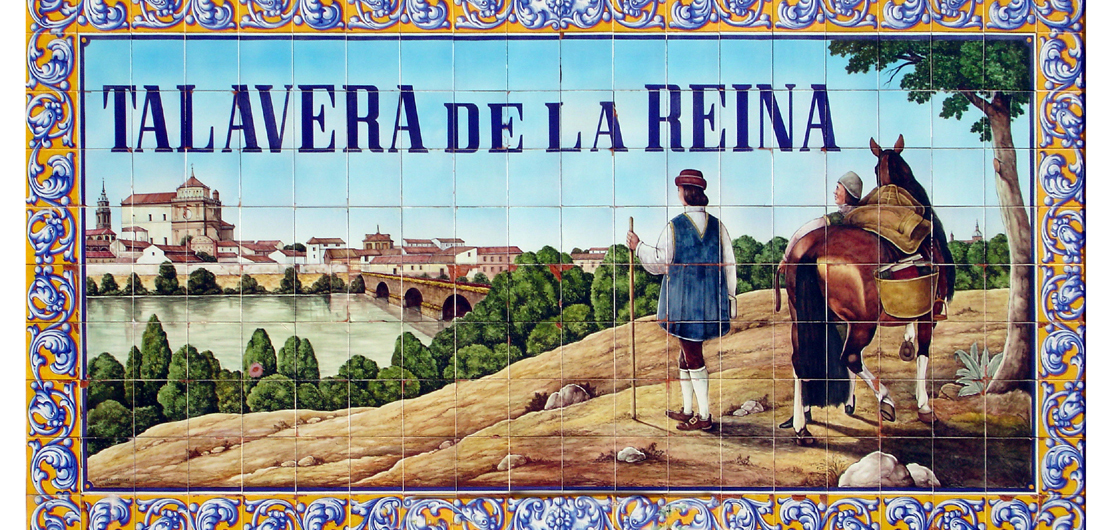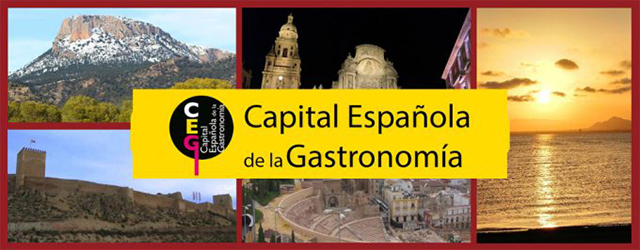Located in Andalusia to the north of Malaga, the national park of El Torcal along with the Peña de los Enamorados (Lovers’ Rock) and the megalithic dolmens of Menga, Viera and El Romeral are an exciting destination on Spain’s long list of UNESCO Cultural Heritage sites. The dolmens are among the most recognized examples of megalithic architecture in the world, and they are linked to these two natural sites that were the focal points for building them.
The dolmens: megalithic masterpieces
Located on the outskirts of Antequera, the three dolmens of Menga, Viera and El Romeral represent some of the largest and most complete megalithic structures in Europe. They were built between 4000BC and 2000BC, by the inhabitants of the fertile Guadalhorce Valley, as burial chambers and mystical sites of great importance. These sites are especially unique because of their positioning: the Menga and El Romeral dolmens are orientated not just towards the sun (like almost all other dolmens) but are also aligned with natural landmarks. Menga faces towards the Peña de los Enamorados (Lovers’ Rock), while El Romeral faces the Comorrorro de las Siete Mesas peak in the El Torcal mountain range.
The Menga Dolmen is considered to be the largest megalithic chamber in Europe. The biggest of the 12 upright stones weigh 180 tons – over 4 times heavier than Stonehenge in the UK – while the capstones on the roof weigh an astounding 250 tons. Its alignment precisely frames Lovers’ Rock, and the sunrise of the summer solstice. The Viera dolmen, on the other hand, is a simple passageway tomb, positioned for the solar equinox. There is a 21m-long passage leading to a small chamber, and the structure was made of 16 upright stones on each side. Finally, the Romeral dolmen is one of the few examples of megalithic architecture orientated towards the western half of the sky, for the winter solstice. It points directly at the mountains of El Torcal, with a complex construction of two bee-hive like chambers, false vaults and a 26-metre long passageway. It is all covered by a 68-meter diameter tumulus, and is then topped by a circle of trees.
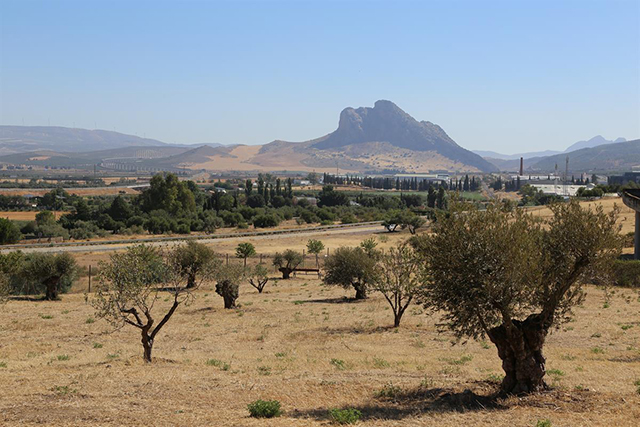
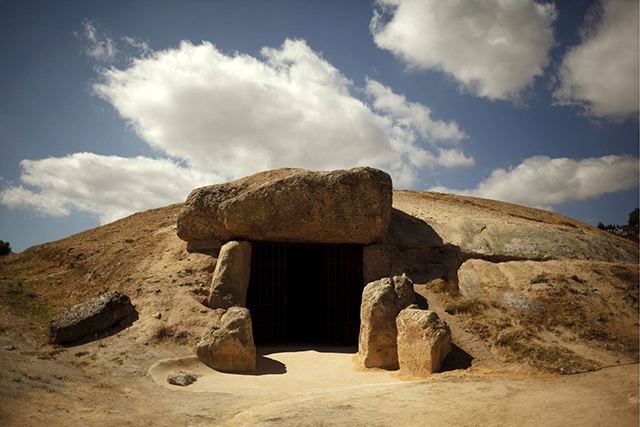
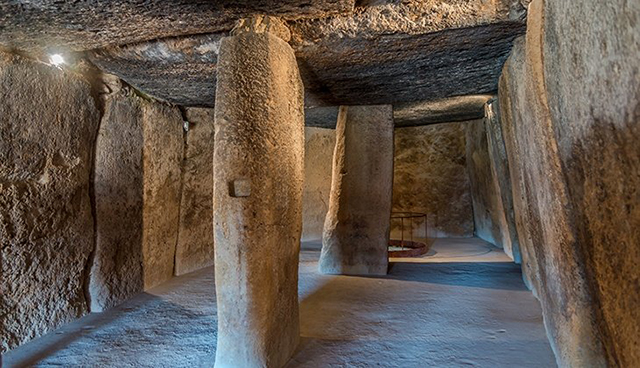
El Torcal National Park and Lovers’ Rock
Known for its dramatic limestone ‘stacks’, El Torcal national park looks like the otherworldly set of a fantasy film. Covering 17 square kilometers, the park is home to the Spanish ibex, foxes, griffon vultures and several species of eagle; along with 30 species of orchid, maple, oak and hawthorn trees. For those who enjoy hiking, there are several well marked trails that pass by some of the most stunning locations in the park.
Nearby, you can also visit La Peña de los Enamorados (Lovers’ Rock), a dramatic 880-meter high limestone peak that has the profile of an Indian man’s face looking skyward. As the name suggests, there is a legend surrounding this site, about the beautiful daughter of a Moorish leader and a Christian prisoner who fell madly in love. The young woman pleaded for the release of her love, but was denied. She helped him to escape, and troops were sent to find, capture and execute them. The couple fled to the top of Lovers’ Rock, and with the troops close below, they clasped hands and leaped from the peak to their death.
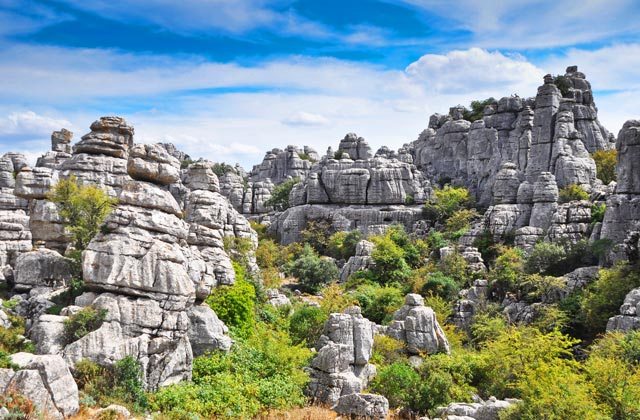
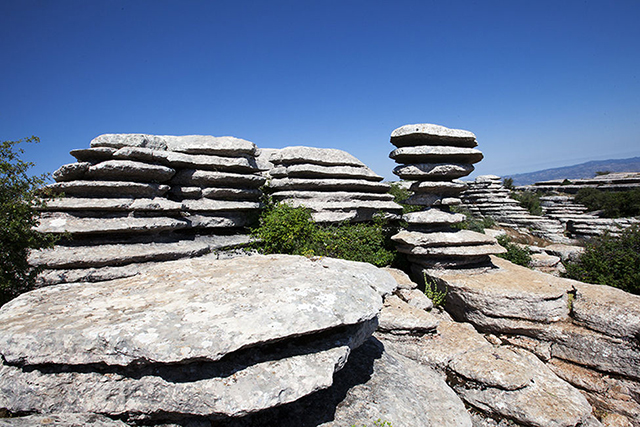
A tour of Spain’s ancient archaeology
A visit to the dolmens of Antequera and El Torcal national park can give your group a unique perspective on Spain that starts with its earliest inhabitants. Get in touch to find out more about this one-of-a-kind destination and all it has to offer you and your group!
